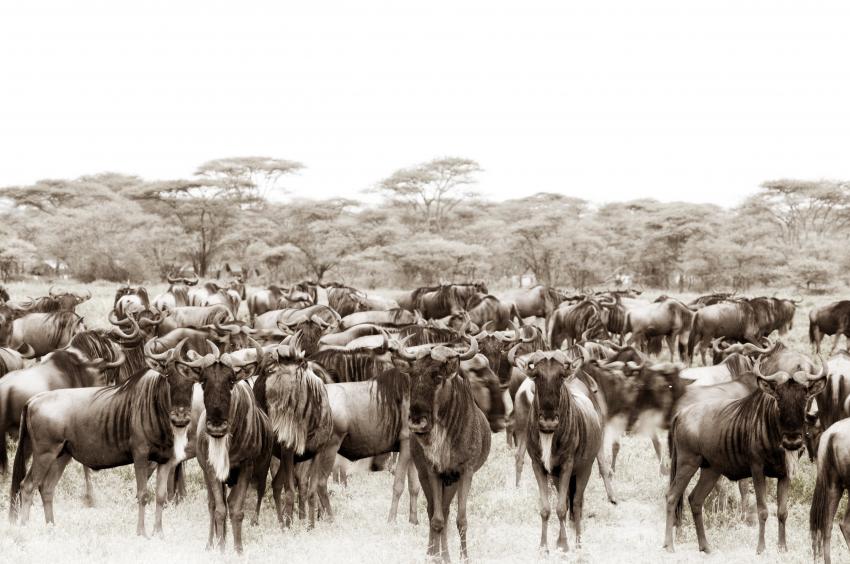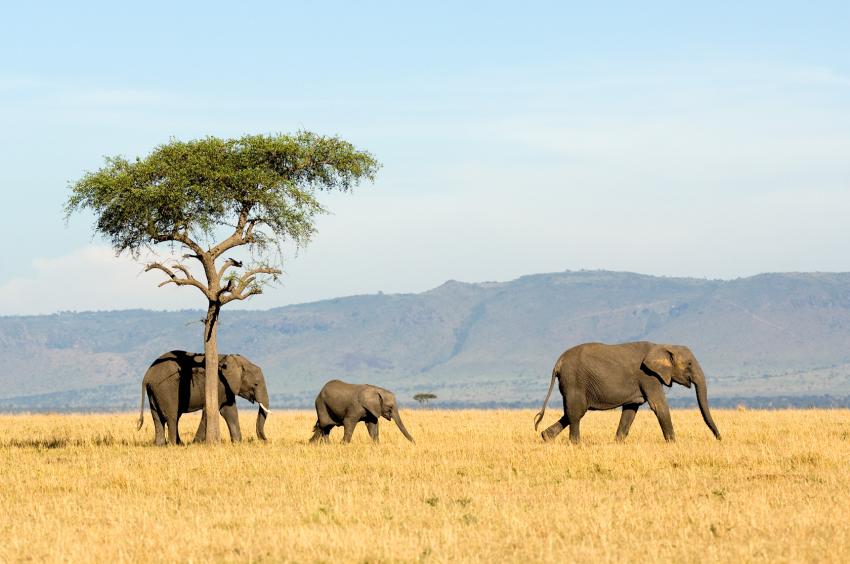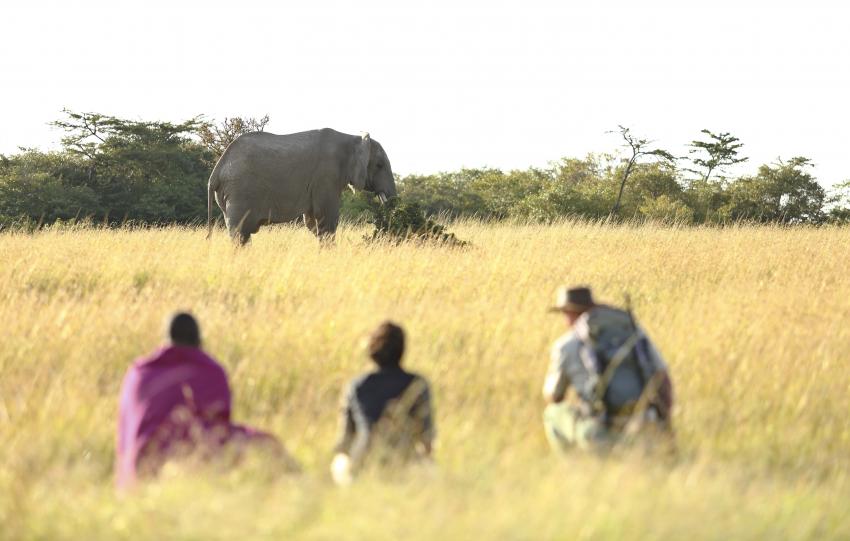When one thinks of a once-in-a-lifetime wildlife adventure, Africa is the obvious place to be. But with 54 beautiful countries and an unbelievable wealth of national parks, game reserves and wildlife sanctuaries, a lot of travellers find it quite confusing as to which is the best park. To put a rest to the question, SafariBookings, the leading safari marketplace on the web, conducted an in-depth analysis to determine the best safari destination.
Serengeti: Best African Safari Park for 2018
Several criteria was made in order for a park to qualify for a place in the Top 50. After careful evaluation, 139 national parks from 8 major safari countries were considered a place. After a whopping 2,530 reviews collected from travellers, safari connoisseurs and renowned industry experts (including guidebook authors from Lonely Planet, Frommer’s, Bradt and Footprint and Rough Guides), Serengeti National Park came out as the clear winner after garnering an impressive 4.90 rating out of 5, surpassing all other safari parks.
Why is Serengeti the best?
Serengeti National Park’s reputation as a safari destination has always been supreme. It is known to be brimming with incredible species and dream-come-true vistas that provide bucket list experiences for any visitor. Because of its game and jaw-dropping animal migration, the entire world has arguably referred to it as the premier safari destination.
To get into the specifics, here are the reasons why Serengeti is deemed the best safari park for 2018:
- It’s a UNESCO World Heritage Site
- Spectacular wildlife viewing all year-round
- Abundant Big Five population
- The annual Great Wildebeest Migration, which is the park’s main highlight, is an extraordinary event displaying over 2.5 million wildebeests along with thousands of zebras and gazelles. Known as the world’s largest animal movement, the Great Migration covers several sub-events that make anyone’s safari experience phenomenal. These sub-events include the intense Grumeti and Mara river crossings and the unique calving season early in the year. The Great Migration attracts more than 90,000 tourists each year and is considered the “ultimate African adventure.”
- The wildebeest calving season, which is basically a part of the Great Migration, has been given a particular emphasis because of the outstanding adventure it provides. This calving season takes place in the southern Serengeti plains around December to early March.
- Endless savannas that offer the “Real Africa” feels
- The park is part of Tanzania’s northern safari circuit which makes it very convenient to combine with a visit to other famous wildlife sanctuaries including Selous Game Reserve which gained the no. 9 spot and Ngorongoro Crater which is the no. 10 for this 2018 Top 50 African Safari Parks
- High density of predators including big cats and Nile crocodiles
- Incredible opportunities to see predator interactions – from predator vs prey action to predator vs predator activities
- Bird life is magnificent with 500 noted bird species in the park, not to mention the migrant birds that come around April
- Very accessible from different parts of the world since direct flights are available to Kilimanjaro International Airport, the park’s main international gateway.
Where is Serengeti National Park?
In the northern region of Tanzania, which sits at the Eastern side of Africa, lies one of the most famous national parks in the world – Serengeti. It is a vast wildlife sanctuary that boasts of an incredibly varied terrain teeming with an incredible array of wildlife.
When is the best time to visit the Serengeti?
The Serengeti is a year-round destination. However, experts point out that certain months offer better wildlife viewing, more comfortable weather conditions and of course, the perfect time to see major events during the Great Migration. Considering all these, the most recommended months to visit the Serengeti are during dry season where rainfall is minimal to none plus vegetation is scarce thereby making wildlife easier to spot. In Serengeti, July to October and January to March is are the dry seasons. In July to October, you will have a higher chance of catching the intense river crossings while in January to March, you can witness the heart-pounding action during the calving season. April and May are the wettest months, however, it also provides a lush vegetation thereby creating gorgeous vistas of Serengeti’s varied landscape. This weather and climate cycle is basically the same with other Tanzania destinations.
Nearby safari parks
The northern safari circuit of Tanzania is comprised of a cluster of must-visit safari parks, some of Africa’s finest. Here are the parks you can easily visit (and quite frankly, SHOULD NOT DARE MISS) when in Serengeti:
- Ngorongoro Conservation Area: This wildlife sanctuary gained the 10th spot for the Top 50 Best Safari Parks 2018 due to its classic safari and profuse wildlife, including the Big 5 and some rare species, which lies in its picturesque volcanic crater. This park is another UNESCO World Heritage Site.
- Lake Manyara National Park: Dreaming of seeing a unique landscape while still spotting immense array of wildlife? Lake Manyara offers exactly that! Beautiful scenery that covers a huge soda lake, an grassland and a jungle, with its thousands of flamingos and pride of tree-climbing lions as its major star attractions.
- Tarangire National Park: Tarangire is a park which, despite being in the “popular safari zone”, still offers unspoiled terrains. It is home to an incredible wildlife, but is most famous for its elephant herds that boldly does mud baths no matter who is watching. These mud baths are probably one of the most photographed things in Africa.
- Kilimanjaro National Park: The focal point of this park is the mighty Mount Kilimanjaro, Africa’s highest peak and the world’s tallest free-standing mountain. Surrounding the mountain are several mammal species such as elephants and giraffes. The park is not only home to this world-renowned mountain but also the starting point and/or registration area for those interested in Kilimanjaro trekking.

 1-321-766-6821
1-321-766-6821 




